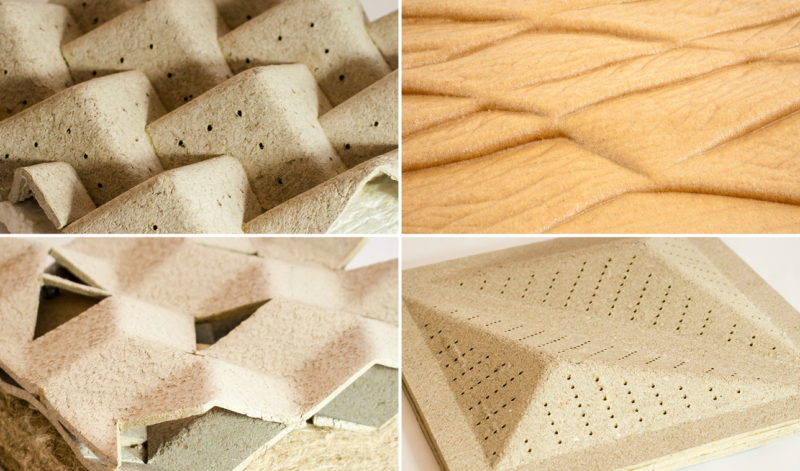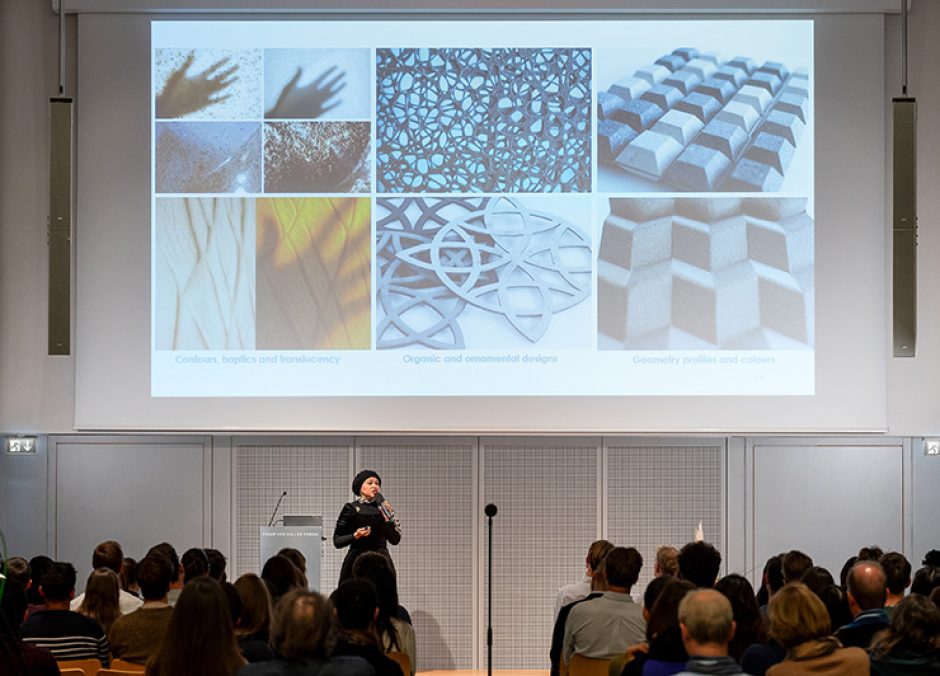Jun.-Prof. Hanaa Dahy published an article about the Efficient Fabrication of Sustainable Building Products from Annually Generated Non-wood Cellulosic Fibres and Bioplastics with Improved Flammability Resistance in the journal Waste and Biomass Valorization.
Access the full-text article on Springer Link or researchgate.
Abstract
Cellulosic fibres retrieved from annual agricultural by-products offer diverse advantages when applied as a main ingredient in biocomposite building materials. Within this paper work, the application possibility of non-wood straw fibres in innovative building products is highlighted. Fabrication efficiency is reached here through reducing the number of industrial processes and additives needed to manufacture the final biocomposite products. The natural mineral contents of the straw selected (rice straw) were investigated at 20% fibre load as active flame-retardant fillers in combination with two types of bio-based synthesized thermoplastics [poly-lactic acid (PLA) and Lignin]. Flammability behavior and morphological examinations of the resulted building materials were tested. Through post-fabrication techniques including vacuum thermoforming processes, a variety of cladding panels with different architectural designs were achieved. The applied fibres were not chemically treated. Instead, the fibres were mechanically densified, maintaining the inner natural minerals contents. The results have shown promising possibility of applying straw fibres as partial replacement of classic flame-retardants especially in combination with bioplastics. The straw based green biocomposites were proved to offer high ecological, economical and aesthetic input in the building industry.




Recent Comments